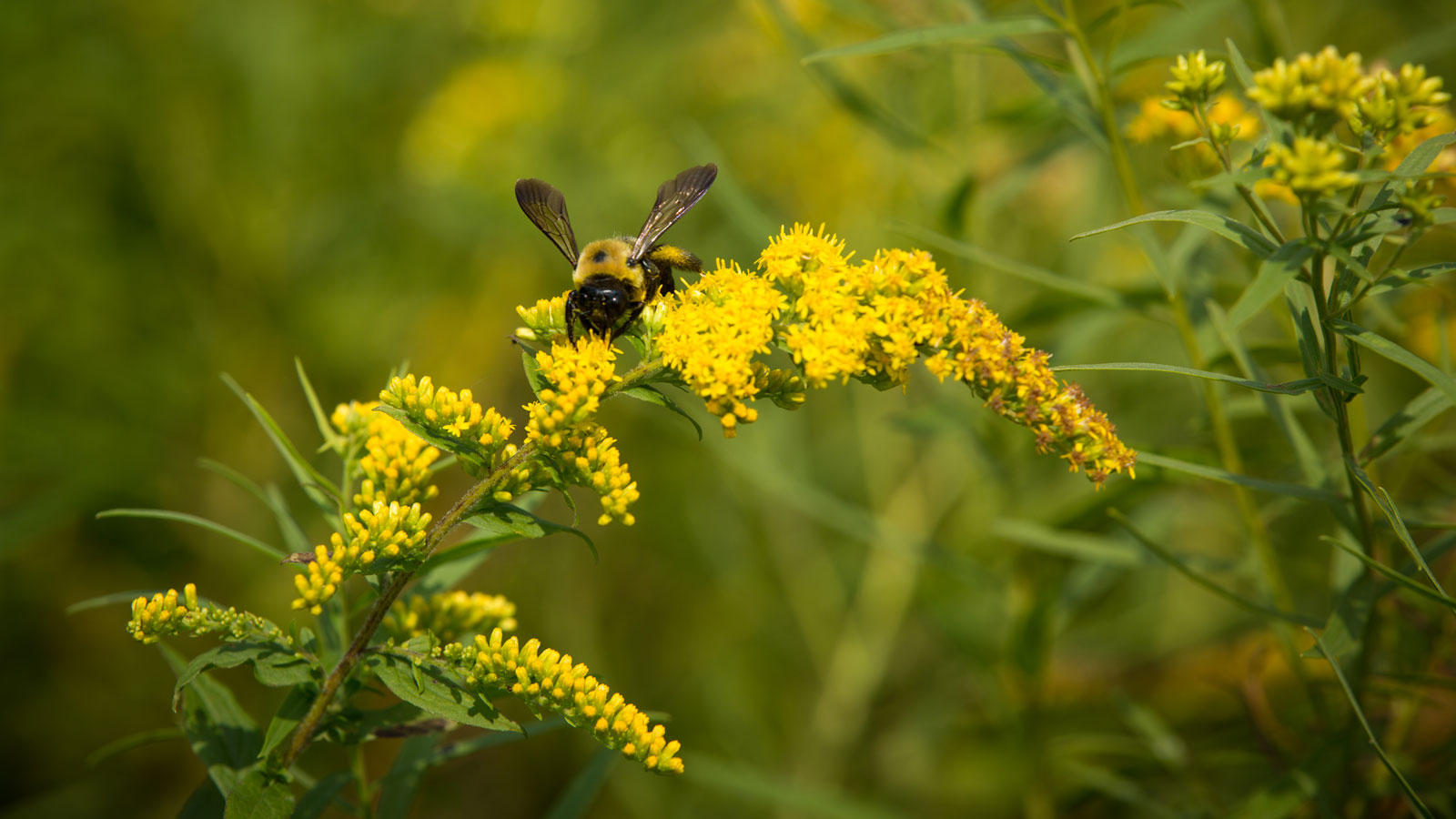Understanding Keystone Planting: Give Your Ecoregion A Boost
A closer understanding of keystone planting can help your environment as well as your garden. Experts reveal why these critical species matter


Keystone planting is devoted to the flowers, shrubs, trees, and other plants that support many other organisms living in a particular ecosystem. A healthy garden contains native species, but to truly promote the local environment and biodiversity, choose critical keystone plants.
An understanding of keystone flora is vital for earth conscious gardening and plant selections that have the most benefit in specific areas. As NationalGeographic.org explains, "A keystone species is an organism that helps define an entire ecosystem. Without its keystone species, the ecosystem would be dramatically different or cease to exist altogether."
What is Keystone Planting?
Native plants are plants that evolved to live and grow in a specific region. They interact with other species in that region as part of a complex web of life. These native plants provide a food source, cover, and nesting sites. Among these native species are certain keystone native plants.
Keystones are species that are essential to a local food web. They support microbes, insects, birds, and other animals. They interact with more species in the ecosystem than other native plants. Many species or organisms within a food web rely on a keystone plant to complete their life cycles.
Why Keystone Planting is Important
The term ‘keystone’ refers to an architectural element. The top, wedge-shaped stone in an arch is the keystone. It supports the weight of all the other stones in the arch. Remove the keystone, and the arch will collapse.
This is a good analogy for the importance of keystone species in ecosystems. They support so many elements of the ecosystem that without it, the system collapses to some extent. The system might not collapse entirely, but when keystones disappear, biological diversity drops drastically.
Keystone plants are particularly important in the life cycles of insects. For instance, some keystone plants serve as hosts and food sources for about 90 percent of butterfly and moth species. Many keystones also support pollinators.
Gardening tips, videos, info and more delivered right to your inbox!
Sign up for the Gardening Know How newsletter today and receive a free copy of our e-book "How to Grow Delicious Tomatoes".
By supporting insects, keystones support birds. For anyone interested in gardening for birds, around 96 percent of terrestrial birds consume insects that rely on keystone plants. Insects are also important for feeding amphibians and some mammals. They add nutrients to the soil. Without keystone species, many elements of an ecosystem may collapse, like a line of dominoes.
Understanding Keystone Plant Species
Among keystone wildflowers is the often misunderstood goldenrod plant. Many people blame it for allergies, but truthfully, goldenrod pollen is too heavy to be carried by the wind. As a keystone, goldenrod supports numerous pollinators including butterflies, bees, and beetles. It supports at least 11 specialist pollinating bee species as well. More than 100 caterpillars rely on goldenrod, and more than 50 insect species feed on its stems.
Trees can be keystone species as well, including the white oak and black oak in many areas of North America. These vital trees support over 400 caterpillar species.
Keystone Planting in Your Garden
Using keystone native plants in your garden is a great way to support your local ecosystem and environment. There are many additional benefits to a native garden, including saving water and attracting wildlife. When planning for more natives in your garden, consider adding some keystone species.
Research online or check with your local extension office to get a list of keystone species for your area. Consider a diversity of keystones, such as native trees, shrubs, and perennials, and wildflowers. The more you can add to your garden, the greater the benefits will be. It’s important to choose native species and keystones thoughtfully.
Make sure you select species that will thrive in the specific conditions of your yard or garden. For instance, if you have low areas that collect water, a pond, or a boggy garden, avoid native species that don’t thrive in standing water. Look for keystones that naturally grow in those conditions. Keystone species hold up the food web and the ecosystem. For the most sustainable, healthiest garden, select native plants and include keystone plant species.

Mary Ellen Ellis has been gardening for over 20 years. With degrees in Chemistry and Biology, Mary Ellen's specialties are flowers, native plants, and herbs.